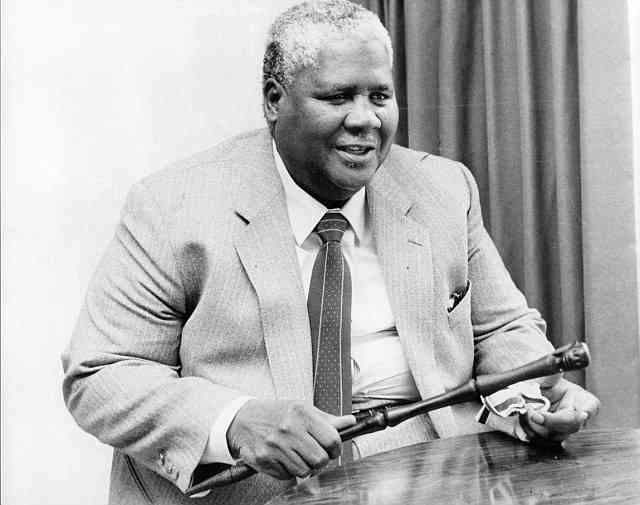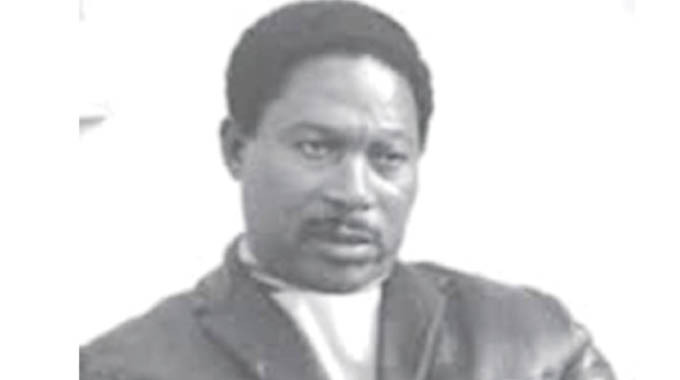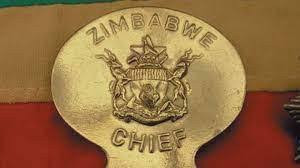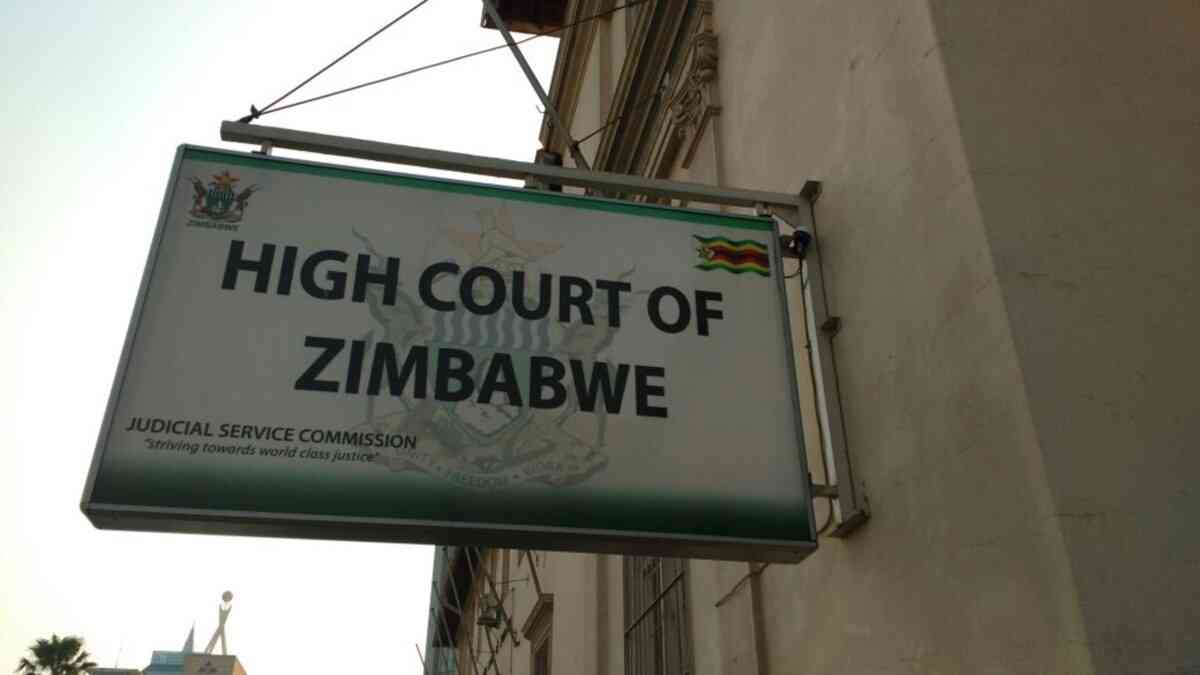
THE Zimbabwe Red Cross Society (ZRCS) has scaled up its drought mitigation efforts by providing food aid to the worst affected parts of the country.
BY NQOBANI NDLOVU

Addressing delegates at the belated annual World Red Cross and Red Crescent Day commemorations in Gwanda at the weekend, ZCRS president, Edison Mlambo said his organisation was targeting to feed nearly 40 000 households countrywide.
“The call for us to be everywhere for everyone is even more pronounced this year, given the El Nino-induced drought that has left millions in need of food aid. The ZRCS started responding to the food insecurity in Mudzi and Muzarabani districts of Mashonaland East and Mashonaland Central respectively,” he said.
“We have since scaled up our intervention through the recent launch of the 2016 food insecurity emergency appeal, which will take our intervention to all the country’s 10 provinces, targeting 38 800 families.”
Mlambo said the humanitarian society would “continue reinventing itself in line with the prevailing humanitarian challenges and aiding the government to render impartial and neutral relief to those in distress”.
About four million people are believed to be in need of urgent food aid in Zimbabwe following poor harvests caused by the El Nino phenomenon.
- Chamisa under fire over US$120K donation
- Mavhunga puts DeMbare into Chibuku quarterfinals
- Pension funds bet on Cabora Bassa oilfields
- Councils defy govt fire tender directive
Keep Reading
“Every year, we already reach millions of people in-country with disaster response activities and development and resilience-building programmes. But as vulnerabilities increase, so will humanitarian needs, hence, the need for us to continue mobilising resources for the less privileged,” he said.
“Moving forward, we will strive for improved access to health care and action to prevent non-communicable diseases, the integration of disaster risk reduction into climate change strategies, the strengthening of legal frameworks and greater respect for international humanitarian law, safe and unimpeded humanitarian access to people affected by conflict and investment in youth leadership.”










